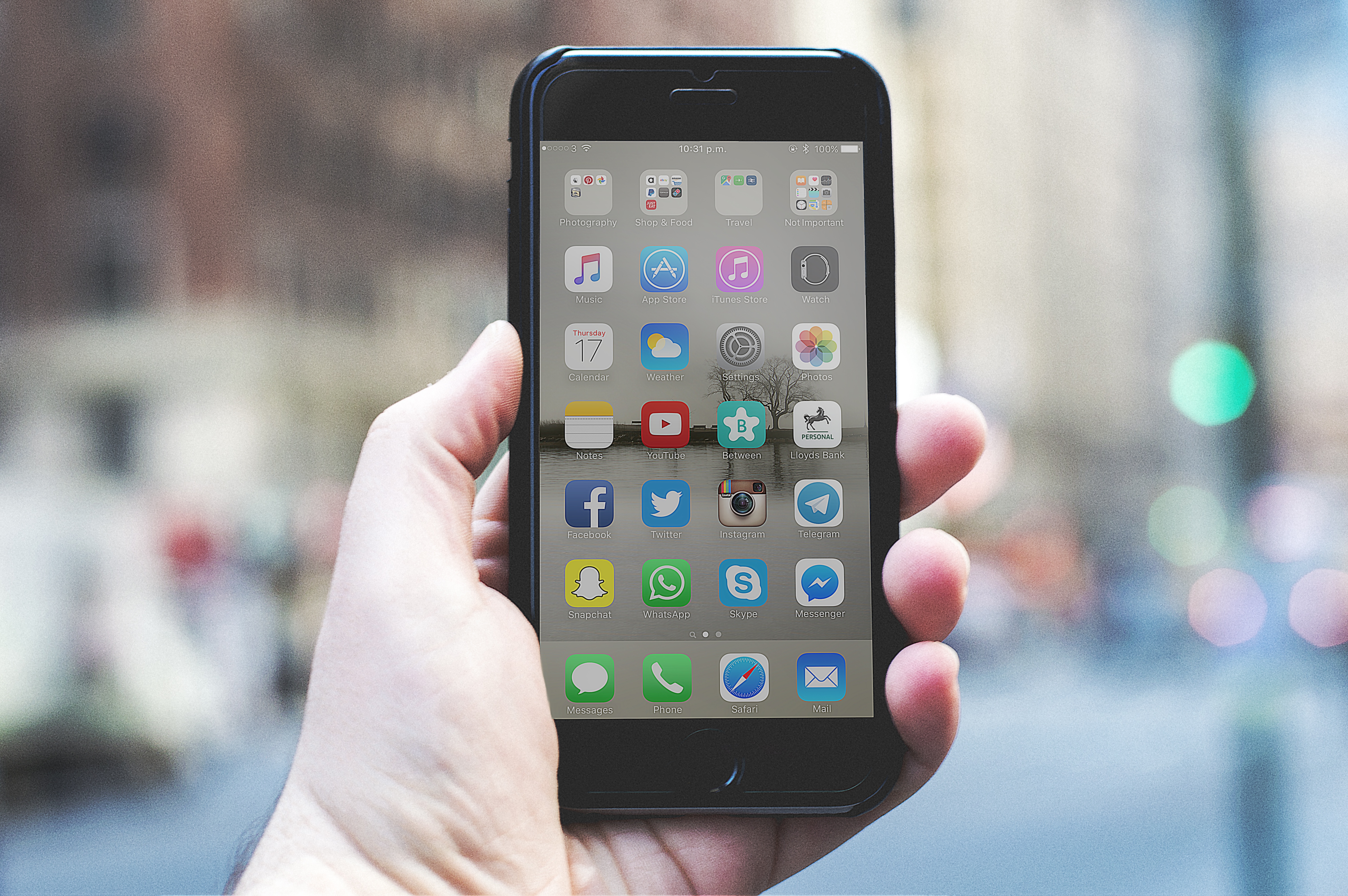Hitting the “like” button on social media sites can change teenagers’ behaviour, suggests new research.
The study shows that the same brain circuits activated by eating chocolate and winning cash are also triggered when teenagers see large numbers of “likes” on their own photos or the photos of peers in a social network.
Researchers say their findings show how teens feel pressure to conform with their peers.
The findings, published in the journal Psychological Science, were attained by researchers scanning teenagers’ brains while they used social media.
A total of 32 teenagers, aged 13 to 18, were told they were participating in a small social network similar to the popular photo-sharing app, Instagram.
The researchers showed them 148 photographs on a computer screen for 12 minutes, including 40 photos that each teenager submitted, and analysed their brain activity using MRI scans.
Each photo also displayed the number of likes it had supposedly received from other teenage participants – in reality, the number of likes was assigned by the researchers.
At the end of the procedure, the participants were told that the researchers decided on the number of likes a photo received.
Study lead author Lauren Sherman, a researcher at UCLA in the United States, said: “When the teens saw their own photos with a large number of likes, we saw activity across a wide variety of regions in the brain.”
She said a region that was especially active is a part of the striatum called the nucleus accumbens, which is part of the brain’s reward circuitry. The reward circuitry is thought to be particularly sensitive during adolescence.
When the teenagers saw their photos with a large number of likes, the researchers also observed activation in regions that are known as the social brain and regions linked to visual attention.
In deciding whether to click that they liked a photo, the teenagers were highly influenced by the number of likes the photo had.
Ms Sherman said: “We showed the exact same photo with a lot of likes to half of the teens and to the other half with just a few likes.
“When they saw a photo with more likes, they were significantly more likely to like it themselves.
“Teens react differently to information when they believe it has been endorsed by many or few of their peers, even if these peers are strangers.”
Professor Mirella Dapretto, of UCLA’s Semel Institute of Neuroscience and Human Behaviour, said that in the teenagers’ real lives, the influence of their friends is likely to be even more dramatic.
Prof Dapretto, a senior author, said: “In the study, this was a group of virtual strangers to them, and yet they were still responding to peer influence; their willingness to conform manifested itself both at the brain level and in what they chose to like.
“We should expect the effect would be magnified in real life, when teens are looking at likes by people who are important to them.”
The teenagers in the study viewed “neutral” photos – which included pictures of food and of friends – and “risky” photos – including of cigarettes, alcohol and teenagers wearing provocative clothing.
Co senior author Professor Patricia Greenfield, director of UCLA’s Children’s Digital Media Centre, added: “For all three types of photographs – neutral, risky and even their own – the teens were more likely to click like if more people had liked them than if fewer people liked them.
“The conformity effect, which was particularly large for their own pictures, shows the importance of peer-approval.”
The researchers said when teenagers looked at risky photos compared with neutral photos, they had less activation in areas associated with cognitive control and response inhibition, including the brain’s dorsal anterior cingulate cortex, bilateral prefrontal cortices and lateral parietal cortices.
Prof Dapretto said these brain regions are involved in decision-making and can inhibit us from engaging in certain activities, or give us the green light to go ahead.
She said seeing photos that depict risky behaviour seems to decrease activity in the regions that put the brakes on, perhaps weakening teens’ “be careful” filter.




